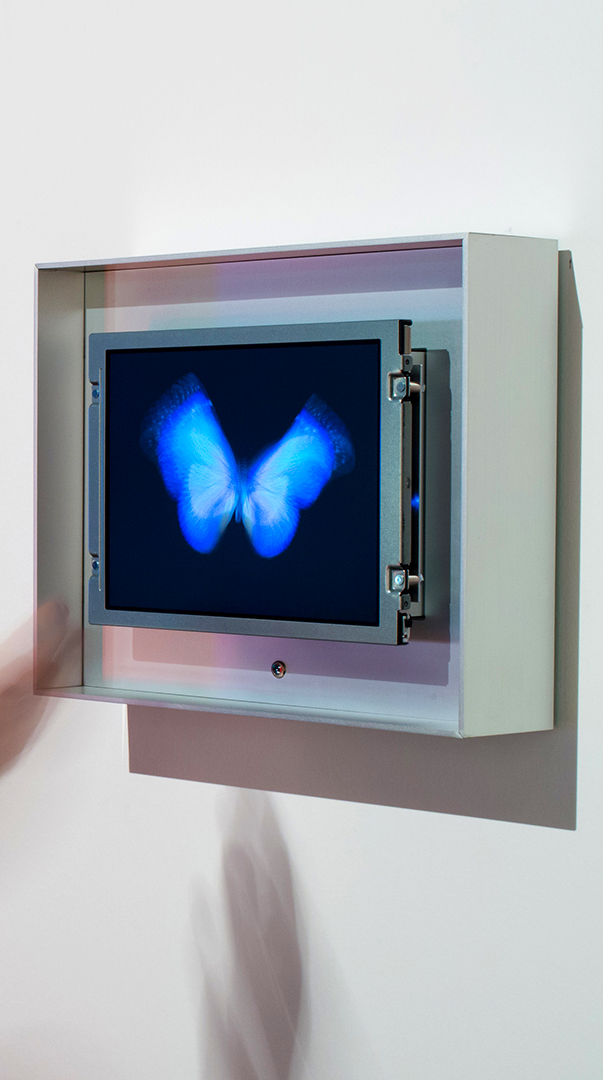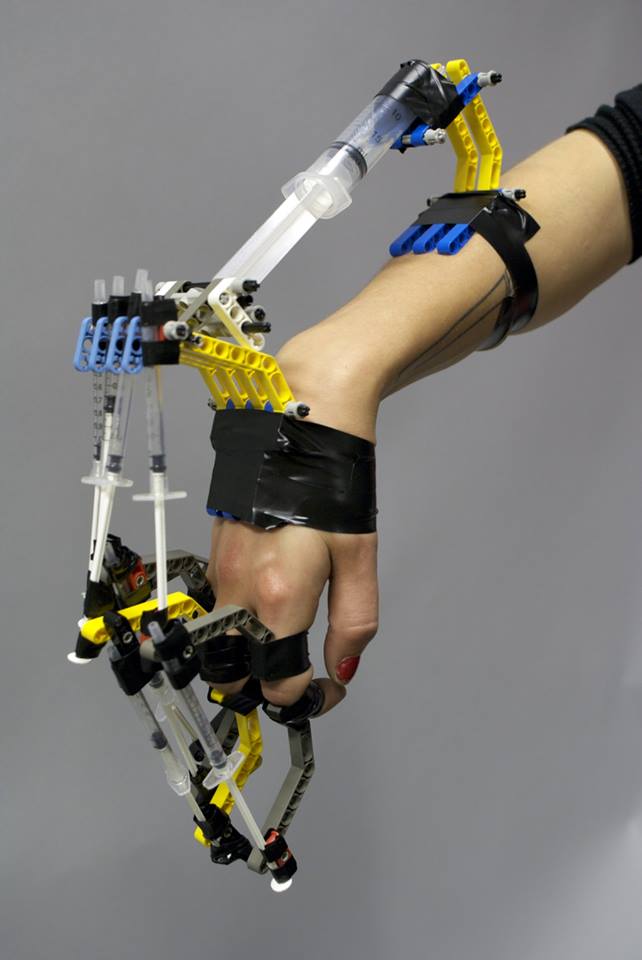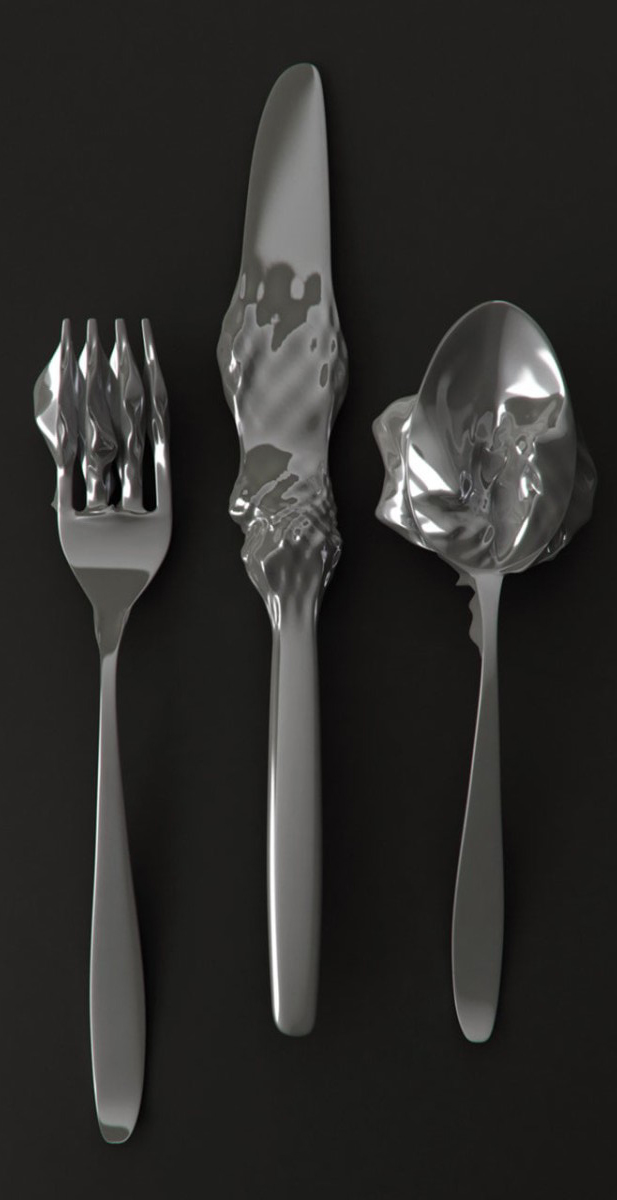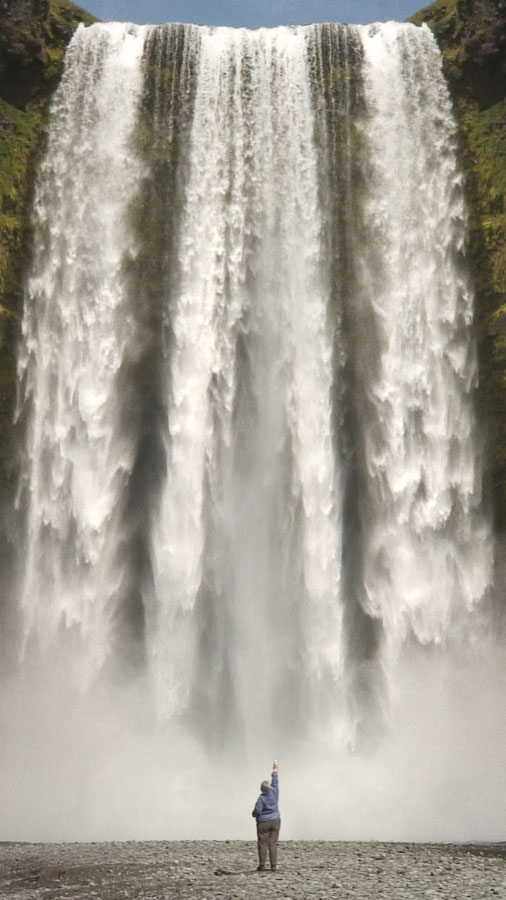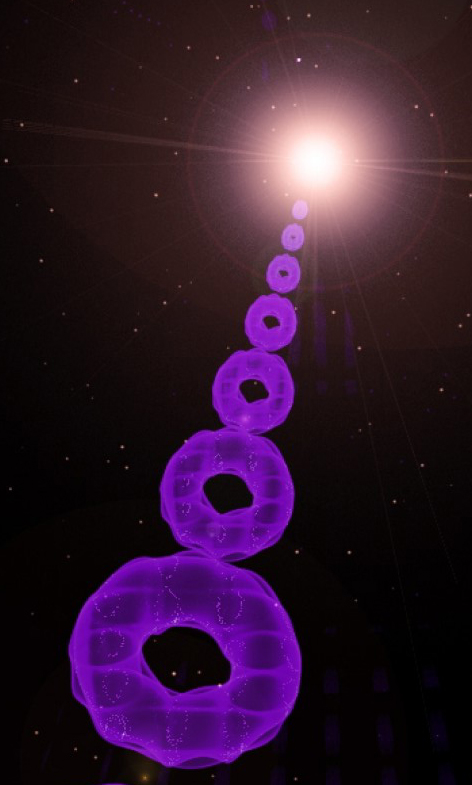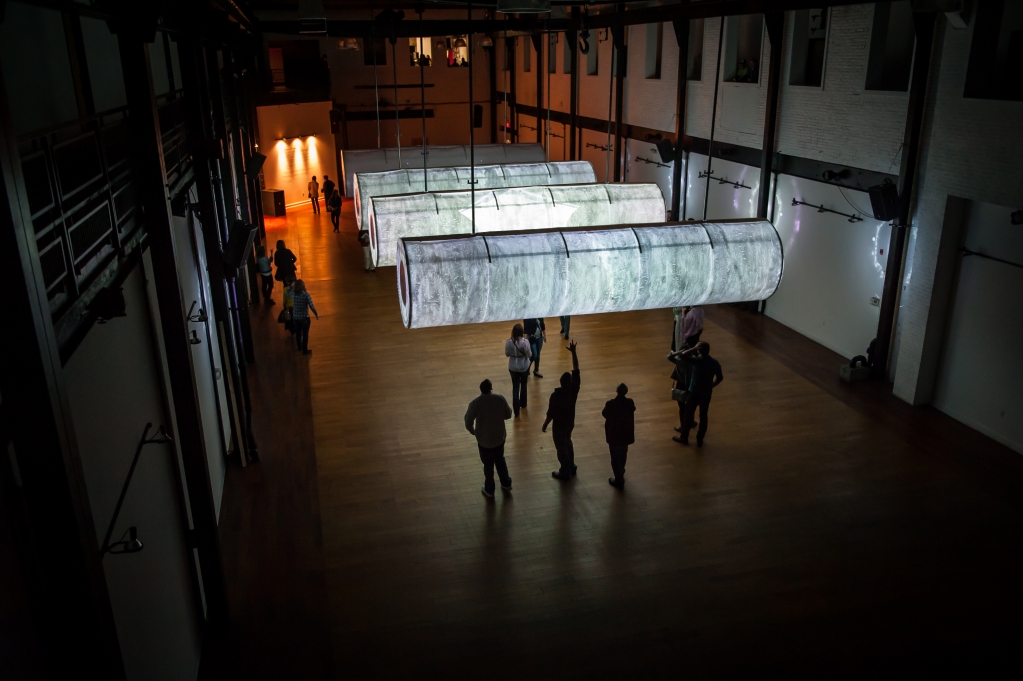Canoe
The work here in Dawson is like an old vehicle in which I’ve put a new engine. Entitled Canoe, it consists of an approximately 20 foot long trough of water, that resembles some kind of boat. This provides a means for a gunwales tracking mechanism to slowly, endlessly paddle its way back and forth. It was first constructed in 2001 in a studio beside Halifax harbour. It draws visual inspiration from the bridges and water vessels of this port. Conceptually, it grew from an interest in technological obsolescence: how things (like canoes) make shifts from utility to leisure.
It has experienced several major rebuilds since 2001. Most of them have been practical, but for Dawson I’ve opted for an experimental configuration that changes significantly the nature of the work. Previously, Canoe has only ever been shown indoors. Normally in runs on rechargeable batteries, with a continuous, smooth motion. In Dawson, it is shown outdoors, alongside the Yukon river, showing up in an absurd way the paleness of its artificial river. Here, the primary source of power is sunlight.
Making use of the long northern day, solar panels receive light, storing energy in an array of super-capacitor cells. At this time, Canoe remains still. A custom circuit monitors the amount of charge, and when a predetermined trigger point is reached, it is dumped into Canoe’s electric motor in a burst, allowing it to make a few strokes. Then Canoe rests, while the charging cycle begins again. Motion is intermittent, entirely dependent on the amount and intensity of sunlight. It ranges from near standstill in overcast conditions to perhaps 1 or 2 strokes every minute in full light. The technical term for this type of circuit is a relaxation oscillator. I like this term because, if you remove it from its technical context, it points back to ideas about leisure and utility.
